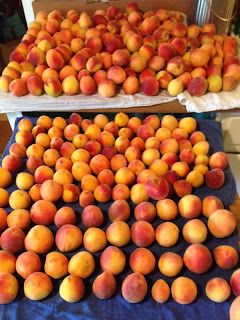Planting and Zoning: Knowing What Not to Try

Southwest Yard & Garden | Marisa Thompson, PhD Question: I have a spot with southern exposure in my yard where I would like to plant a quaking aspen (5,792 ft elevation). Is quaking aspen suitable for this environment? - John R., NE Albuquerque, NM Answer: I traveled all over New Mexico in the past few weeks, enjoying the striking fall colors. It is no surprise that you are feeling inspired to plant such a sensational tree. Spoiler alert: quaking aspen ( Populus tremuloides ) prefer the cooler climates offered above 7,500 ft. Some say they can be planted above 6,000 ft, but only with very special care and only in a very cool spot along the north or east side of a building where the soil remains mostly shaded. Even if you babied your tree by giving extra water, it would likely suffer from heat stress every summer. Retired NMSU Extension Horticulture Specialist, Dr. Curtis Smith, says he has seen just that in the NE heights, where a small stand of aspen trees

